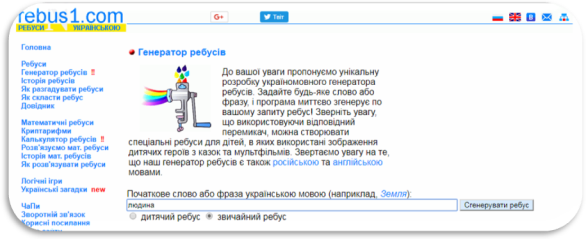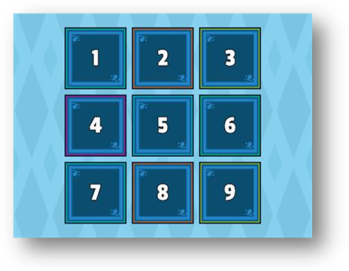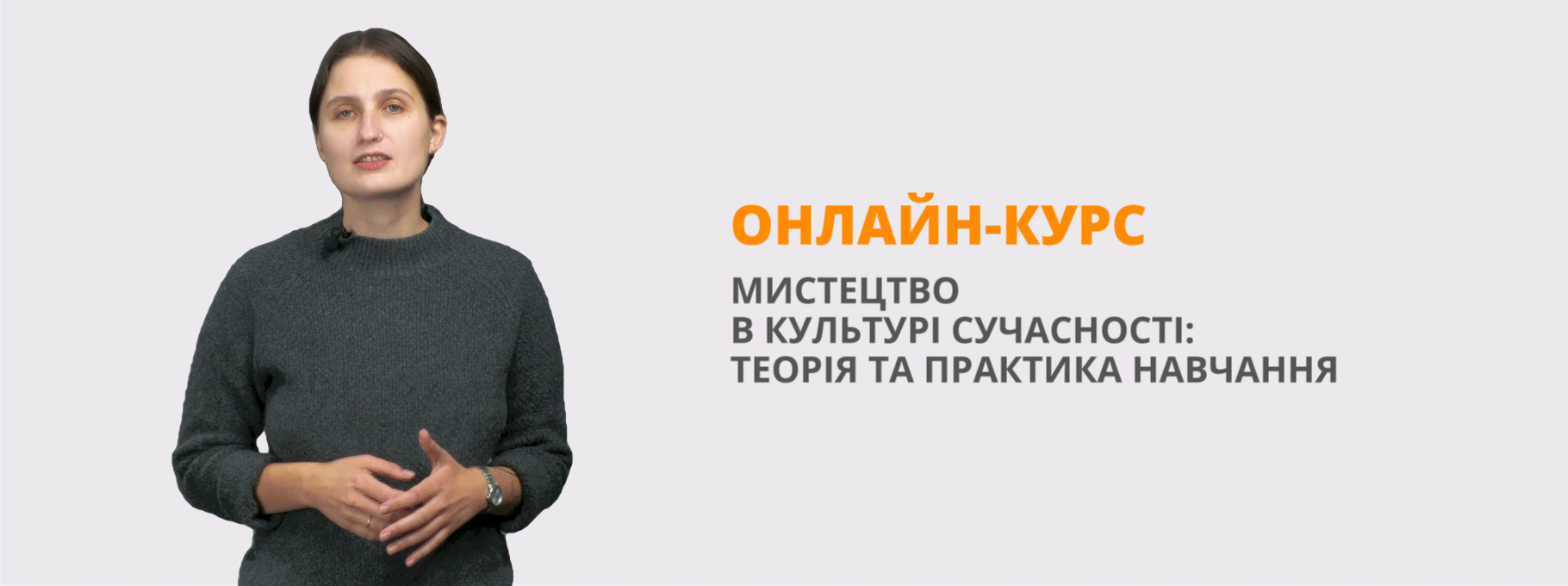Методична розробка уроку "Ancient Medicine"
Міністерство охорони здоров’я
комунальний заклад
«Бериславський медичний фаховий коледж»
Херсонської обласної ради
МЕТОДИЧНА РОЗРОБКА
з дисципліни: «Іноземна мова за професійним спрямуванням»
на тему: «Ancient Medicine»
Розглянуто та схвалено на засіданні
циклової комісії викладачів гуманітарної та
соціально-економічної підготовки
Протокол № ___ від «___ » ________ 2023 року
Голова циклової комісії ______Олена ЗАПОРОЖЕЦЬ
Навчально-методична карта
Тема: «Ancient Medicine»
Курс: ІІІ, спеціальність «Сестринська справа»
Кількість навчальних годин: 2
Місце проведення: Zoom
Актуальність теми: дати поняття студентам про історію медицини в стародавні часи та надати студентам практичні навички для ведення дискусії з теми заняття.
- Навчальні цілі заняття:
- ознайомити з активною лексикою заняття;
- нагадати структури простого та складного речення при перекладі;
- оволодіти навичками читання та письма нової лексики, технікою виконання усних та письмових вправ.
- Виховна ціль: виховувати інтерес до мови, яка вивчається; дисципліну, повагу один до одного та до оточуючих; працелюбність та професіоналізм.
- Міждисциплінарна інтеграція:
Дисципліни:
- Попередні (забезпечуючі) дисципліни: Історія медицина
Знати: Історію виникнення медицини стародавньої Греції
Вміти: вести діалог
- Наступні дисципліни (що забезпечуються): всі клінічні дисциплани
Знати: лексичний матеріал
Вміти: застосовувати медичну термінологію в писемному та усному мовленні
- Внутрішньопредметна інтеграція (теми данної дисципліни, з якими інтегрується та, що вивчається): «Історія медицини в Україні»
Знати: лексичний матеріал
Вміти: читати та перекладати текст, відповідати на запитання
- Тип заняття: комбінований
- Забезпечення заняття: презентація, відеоматеріал, онлайн-словники, інші джерела за посиланням
![]()
Teacher: Good afternoon, students! I’m glad to see you. Sit down, please.
Students: Good afternoon. ! I’m glad to see you, too.
Teacher: Who is on duty today?
Student: I am on duty today.
Teacher: What day and date is it today?
Student: Today is … .
Teacher: Who is absent?
Student: All are present.

Фонетична розминка.
Teacher: Read and translate the proverbs
Health is above wealth.
An apple a day keeps doctors away.
A sound mind in a sound body.
Early to bed and early to rise,
Makes a man healthy, wealthy and wise.
Teacher: Generate the puzzles
Words: medicine, ancient, civilization, oath, discovery.

Повідомлення теми та мети заняття.
Teacher: So, the topic of our lesson: “Ancient Medicine”.
You should be able:
• To recognize and understand new words and word combinations;
• To read and understand the gist and details of the topic;
• To make the practical exercises.

- Lean a new words
ancient – давній
acupuncture – голкотерапія
human – людський
occupation – заняття
fracture - перелом
to develop – розвивати
science – наука
century – століття
civilization – цивілізація
healer- загоювати
subject – предмет
illness – захворювання
death – смерть
contribution – вклад
discovery – відкриття
smallpox – віспа
- Read and translate the text.

Medicine is among the most ancient of human occupations. It began as an art and gradually developed into a science over the centuries. There are 3 main stages in medicine development: Medicine of Ancient Civilizations, Medicine of Middle Ages and Modern Medicine. Early man, like the animals, was subject to illness and death. At that time medical actions were mostly a part of ceremonial rituals. The medicine-man practiced magic to help people who were ill or had a wound. New civilizations, which developed from early tribes, began to study the human body, its anatomic composition. Magic still played an important part in treating but new practical methods were also developing. The early Indians, e. g., set fractures and practiced aromatherapy. The Chinese were pioneers of immunization and acupuncture. The contribution of the Greeks in medicine was enormous. An early leader in Greek medicine was Aesculapius. His daughters, Hygeia and Panacea gave rise to dynasties of healers (curative medicine) and hygienists (preventive medicine). The division in curative and preventive medicine is true today. The ethic principles of a physician were summarized by another Greek, Hippocrates. They are known as Hippocrates Oath. The next stage of Medicine's development was the Middle Ages. A very important achievement of that time was the hospital. The first ones appeared in the 15-th century in Oriental countries and later in Europe. Another advance of the Middle Ages was the foundation of universities during 13-14-th centuries. Among other disciplines students could study medicine. During 18-th century new discoveries were made in chemistry, anatomy, biology, others sciences. The advances of that time were invention of the stethoscope (by Rene Laennec), vaccination for smallpox, discovery of anesthetics and development of immunology and scientific surgery. The next century is rise of bacteriology. Important discoveries were made by Louis Pasteur and Robert Koch. The development of scientific bacteriology made possible advances in surgery: using antiseptics and control of wound infection. Medicine in the 20-th century made enormous contribution in the basic medical sciences. These are discovery of blood groups and vitamins, invention of insulin and penicillin, practice of plastic surgery and transplantation.
3. Answer the questions.
1. When the history of medicine began?
2. How did it begin?
3. How many the main stages are there in the history of medicine?
4. What practices medicine-men?
5. What role did magic play at those times?
6. Who began to study medicine?
7. Who were the pioneers of immunization and acupuncture?
8. Who was the early leader in Greek medicine?
9. When appeared the first hospitals?
10. What Louis Pasteur and Robert Koch discovered?
- Watch the video and retell the following fragments.
https://www.youtube.com/watch?v=lUG_zwMdkIc
Ancient Procedures and Treatments
- Answer the questions on the Wordwall.
https://wordwall.net/resource/1067222/medicine


- Read the articles «Ancient medicines and procedures still used today».
https://www.mdlinx.com/article/ancient-medicines-and-procedures-still-used-today/lfc-4453

|
Some primeval medical treatments are still used today—including some that haven’t fundamentally changed much since their ancient introduction. (And we’re not talking about questionable cures like bloodletting, acupuncture, and application of leeches.) These are everyday remedies that you probably encounter all the time without being fully aware of their longstanding history. Let’s take a look at these ancient medicines and medical practices still used today.
|
Aspirin Way back in Ancient Greece, Hippocrates may have told his patients: “Take two pieces of willow bark and call me in the morning.” And he was right to do so. The bark of the willow tree contains one of the oldest medicinal remedies in human history. In its modern form, we call it aspirin. More than 3,500 years ago, the ancient Sumerians and Egyptians used willow bark as a traditional medicine for pain relief. Centuries later, its benefits were advocated by Hippocrates in Greece and Pliny the Elder in Ancient Rome. But it wasn’t until the mid-1800s that scientists refined willow bark into the medicinal compound salicin. And it wasn’t until the turn of the 20th century that scientists at Bayer turned salicin into acetylsalicylic acid, which they dubbed aspirin (“the wonder drug that works wonders”). Today, aspirin is perhaps the most commonly used drug in the world. It’s the focus of 700 to 1,000 clinical studies each year, with applications beyond its traditional uses as an analgesic and antipyretic. It’s now prescribed to prevent secondary heart attacks and strokes, and has shown promise for reducing the risk of certain types of cancer.
|
Sutures The history of suturing may go back tens of thousands of years, when primitive man (or woman) invented the eyed needle. But, the first account on record of a surgical suture was around 3000 BC in Ancient Egypt. Accordingly, the oldest known suture is in an Egyptian mummy dating from 1100 BC. In 500 BC, Indian physician Sushruta wrote a detailed medical text that described how to perform various surgeries (ranging from anal fistula repair to rhinoplasty), and described the sutures used to complete these procedures. Instruments included triangular, round-bodied, curved, and straight needles, and suture materials came from flax, hemp, bark fiber, and hair. Roman physician Galen—who was known to suture the severed tendons of gladiators—was the first to describe gut sutures in the 2nd century AD, though he also advocated the use of sutures made of silk. Around 1000 AD, Avicenna of Persia invented the first monofilament suture with the use of pigs’ bristles. Fast-forward to Revolutionary-era America when Philip Syng Physick (the “Father of American Surgery”) introduced absorbent sutures made of catgut to replace the silk and flax sutures of the day. Around 1870, Joseph Lister invented antiseptic sutures (catgut soaked in a carbolic acid solution). These days, silk and gut sutures are still available, but many now come from man-made materials such as nylon, polypropylene, and polymers. |
|
Cataract surgery If you think that the eyes were too valuable and fragile for the Ancients to cut into, you’d be wrong. In the 6th century BC, good ol’ Sushruta of India documented the standard cataract surgical procedure called couching. This involves poking a sharp or blunt instrument into the eye to dislodge the cataract, where it falls into the eye’s anterior chamber, out of the patient’s line of vision. Amazingly, couching was the only method of cataract removal until as recently as the mid-18th century—and it’s still practiced in remote parts of the world today. As an alternative to couching, French surgeon Jaques Daviel introduced extracapsular cataract surgery in 1748. In the early 20th century, Irish ophthalmic surgeon Henry Smith popularized the intracapsular technique, which freed the lens capsule from the attached zonules. But it wasn’t until World War II that ophthalmologist Harold Ridley invented a way to replace the eye’s natural lens with an artificial one. Dr. Ridley, serving as a military surgeon, noticed that shards of the windshield material from fighter planes didn’t cause the expected foreign body reaction when lodged in patients’ eyes. Using this material (a polymethylmethacrylate/glass hybrid), he invented the first intraocular lens. But it was another three or four decades before the idea really took hold. In the late 1960s, ophthalmologist Charles Kelman introduced phacoemulsification—a method that uses ultrasound energy to break apart the hardened cataract. Today, modern cataract surgery continues to improve with the use of femtosecond laser for more precise and safer surgery.
|
Morphine Morphine—the active ingredient in opium—is still obtained from harvesting the poppy plant (Papaver somniferum) through a method that has remained fundamentally unchanged for more than 8,000 years. Carved tablets from Mesopotamia dating to 6000 BC mention the medicinal properties of opium, calling it the “plant of joy.” Ancient Egyptian, Greek, Roman, Indian, and Chinese medical texts refer to the medicinal uses of the poppy plant. In the Renaissance, both Swiss alchemist Paracelsus and English physician Thomas Sydenham created tinctures of opium they each called laudanum. In 1804, German apothecary Friedrich Sertürner was the first to isolate the active narcotic ingredient from opium. He called the substance “morphium” after Morpheus, the Greek god of dreams. This substance was six times stronger than opium, and Sertürner himself became addicted to it. (Soon after, French chemist J.L. Gay-Lussac changed the name to “morphine.”) With the invention of the hypodermic syringe in the 1850s, morphine became widely popular. But it wasn’t too long before its harms—as well as that of opium—became apparent. In 1914, the United States declared morphine a controlled substance. This was a decade before the molecular structure of morphine was even identified (an achievement in 1925 that earned British chemist Sir Robert Robinson the Nobel Prize in Chemistry in 1947). Today, even in light of the current Opioid Crisis, morphine remains one of the most commonly used opioid analgesics for controlling severe pain.
|
Tracheostomy This operation is one of the oldest, easiest, and most valuable surgical procedures in history—but surprisingly, it was very rarely performed throughout the centuries. Tracheostomy didn’t come into routine use until the beginning of the 19th century. And even then, it was indicated for only a few conditions. Although tracheostomy was depicted by the Ancient Egyptians as early as 3600 BC, credit for its invention has been historically attributed to Greek physician Asclepiades of the 2nd century BC. The first successful tracheostomy on record didn’t occur until the 2nd century AD—in a sheep. Another 14 centuries went by until the first recorded successful operation in a human in 1546. During those long years, medical authorities had maintained that cartilaginous tissue of the throat would not rejoin after incision. Still, despite Renaissance-era refinements in the operation—such as making a vertical incision and the use of a double-lumen tube—fewer than 30 successful cases were reported in the following 200 years. Then, in 1833, French physician Armand Trousseau reported that he had performed the operation 200 times and had saved more than 50 children with advanced diphtheria. “This report convinced the doubters and detractors of the operation, and tracheostomy became widely acceptable to the medical profession,” wrote the authors of an article on the history of tracheostomy. Dr. Trousseau also invented a tracheal dilator, which is still in use today. Throughout the centuries, tracheostomy was primarily used to bypass airway obstruction. Other purposes—to clear secretions from the airway or to deliver oxygen to the lungs—didn’t come about until the 20th century. |
True or false.
- Today, aspirin is perhaps the most commonly used drug in the world.
- Roman physician Galen—who was’t known to suture the severed tendons of gladiators—was the first to describe gut sutures in the 2nd century AD.
- French surgeon Jaques Daviel introduced extracapsular cataract surgery in 1758.
- With the invention of the hypodermic syringe in the 1850s, morphine became widely popular.
- The first successful tracheostomy on record didn’t occur until the 2nd century BC—in a sheep.
- French physician Armand Trousseau reported that he had performed the operation 200 times and had saved more than 50 children with advanced diphtheria.
- Today, modern cataract surgery continues to improve with the use of femtosecond laser for more precise and safer surgery.
- In 600 BC, Indian physician Sushruta wrote a detailed medical text that described how to perform various surgeries (ranging from anal fistula repair to rhinoplasty), and described the sutures used to complete these procedures.

- Learn the new activities;
- Prepare a presentation about the most famous discoveries in ancient medicine.

- http://www.rebus1.com/
- https://www.youtube.com/watch?v=lUG_zwMdkIc
- https://wordwall.net/resource/1067222/medicine
- https://www.mdlinx.com/article/ancient-medicines-and-procedures-still-used-today/lfc-4453
- https://readli.net/


про публікацію авторської розробки
Додати розробку
